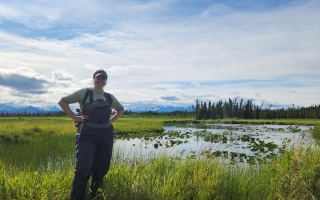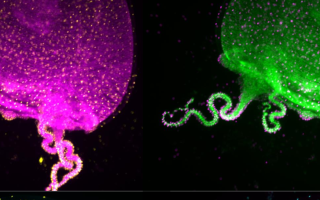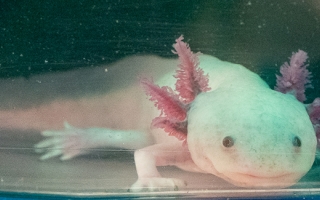MBL Research Year in Review

The MBL had a strong year in research, with significant progress in key initiatives and exciting discoveries that pushed into new territory. The MBL’s resident research centers landed major grants and published high-impact reports, while several collaborations in the Whitman Center shone with promise. The Stowers Institute for Medical Research set up a year-round satellite lab at the MBL, paving the way for deeper collaborations. And as is the case each year, some of the MBL’s Advanced Research Training Courses went above and beyond their educational mission and published significant results from course research. Below are a few examples, among many:
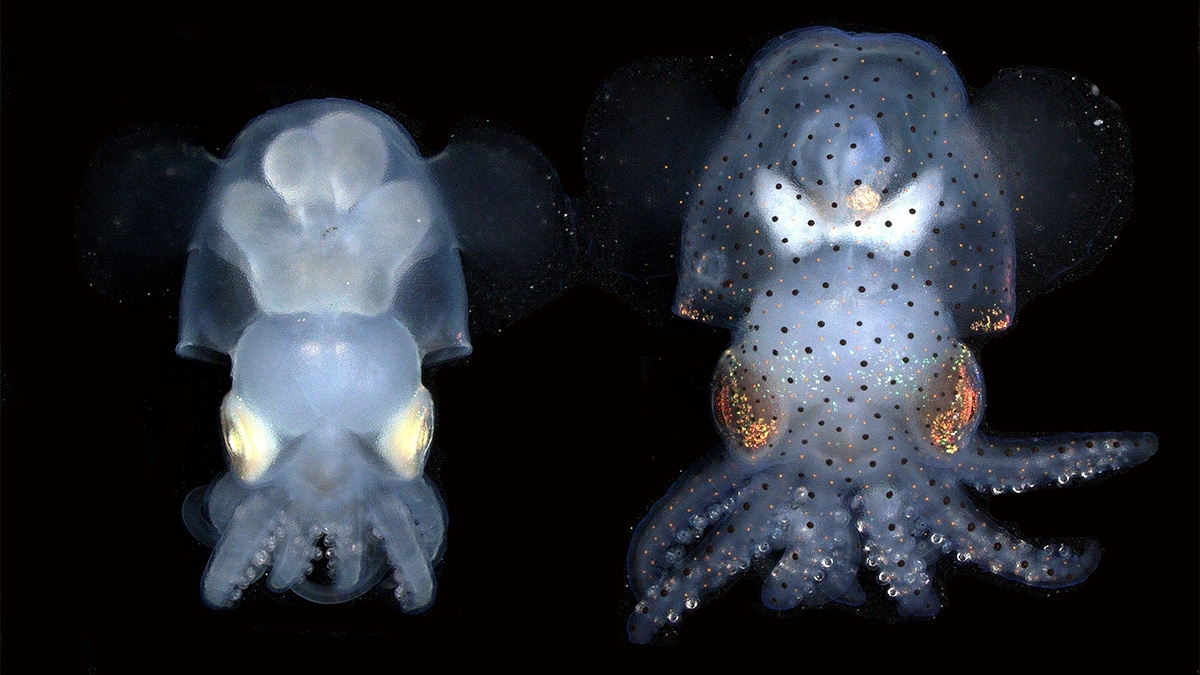
The New Research Organisms Initiative
The MBL is committed to developing new research organisms that are amenable to genetic manipulation – thereby vastly expanding our vistas for biological exploration. Here are several highlights of the past year:
- From the Bell Center’s Cephalopod Program, a team led by Joshua Rosenthal, Namrata Ahuja, and Caroline Albertin successfully deployed CRISPR-Cas9 genome editing to produce an ancestral (genetic) line of albino squid. This achievement not only enhances scientists’ ability to image brain activity in the squid, it provides a road map for making other heritable changes in this emerging cephalopod model system (Euprymna berryi).
- Meanwhile, Rosenthal and colleagues showed that an octopus species (O. bimaculoides) can rapidly adjust to environmental temperature changes by editing its own RNA. This study attracted major public attention; it was covered by more than 250 media outlets, including National Geographic and Scientific American.
- In the Bay Paul Center, Kristin Gribble and David Mark Welch elevated the rotifer (Brachionus manjavacas) to the rank of research organisms that are genetically tractable, using CRISPR-Cas9 to produce genetic changes that were passed down through generations.
- In the Zak Swartz lab, Margherita Perillo and collaborators used the starfish (Patiria miniata)—a genetically tractable organism their lab has been key in developing—to illuminate a basic toolkit for organ development in the embryo of vertebrates. They reported their findings in Nature Communications.
- A 2018 collaboration in the Whitman Center bore fruit this year, publishing in Nature. By developing the little skate (Leucoraja erinacea) as a genomically enabled model, an international team revealed how non-coding regions and 3D changes in the genome can drive evolutionary change. The team included Whitman scientists Tetsuya Nakamura, Neil Shubin, and the late José Luis Gómez-Skarmeta.

The Imaging Innovation Initiative
- The MBL’s strategic initiative to support all areas of MBL research by developing new instruments and approaches in microscopy got a big boost through a $4.3 million grant from the Massachusetts Life Sciences Center. The grant will be used to procure two state-of-the art microscopes (one optical, one electron) capable of increased resolution and advanced 2D and 3D imaging. This will significantly expand the MBL’s imaging capabilities to serve the Massachusetts life sciences community.
- Taking advantage of artificial intelligence approaches, a team including Whitman Center collaborators Hari Shroff and Patrick La Rivière published two methods to improve the axial (or z) resolution in certain types of super-resolution imaging.
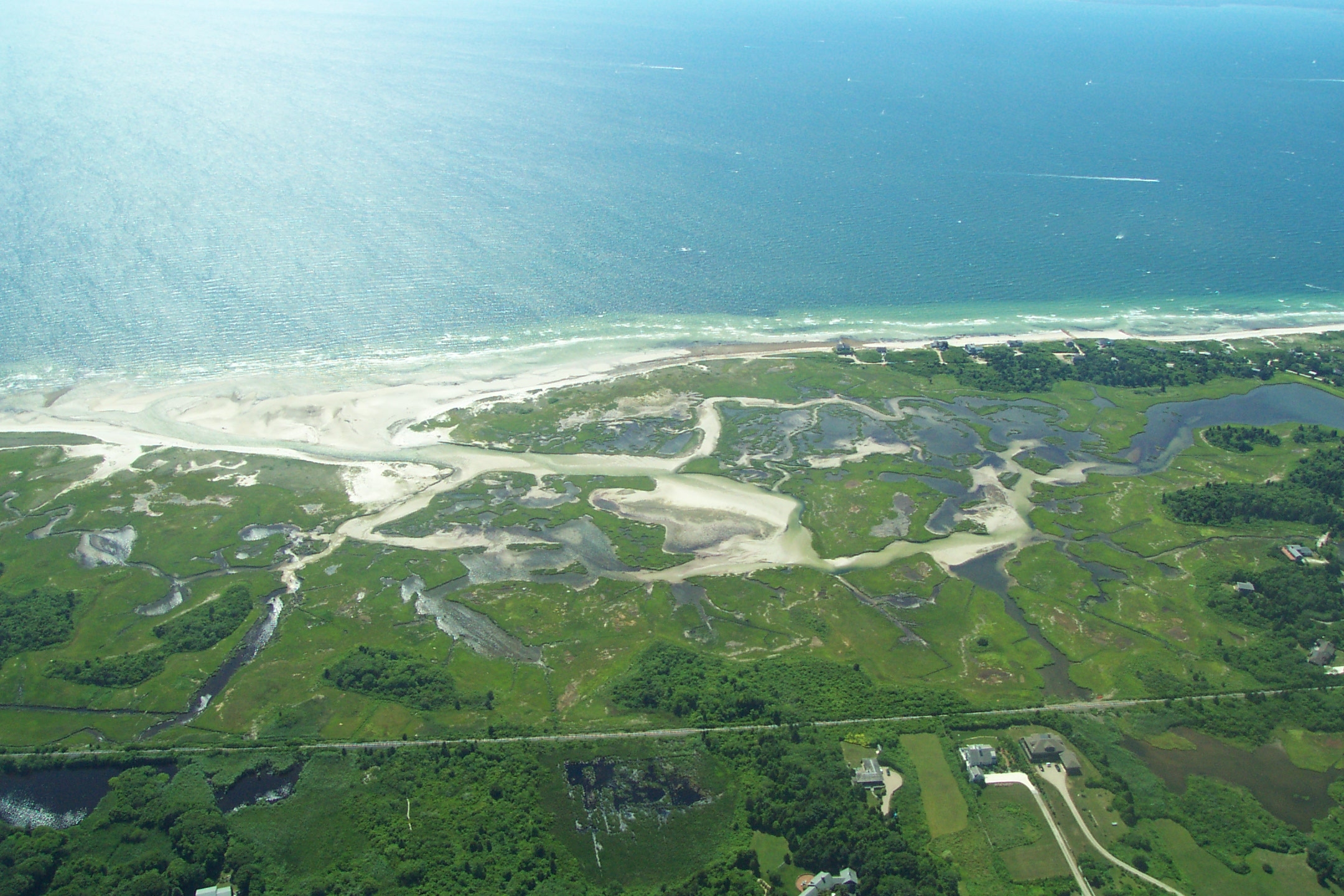
Our Rapidly Changing Planet: Ecosystems and Climate Change
Scientists in the MBL Ecosystems Center and Bay Paul Center were principal investigators for several significant publications, some culminating decades of sustained research and others reporting brand-new basic science discoveries. They include:
- A 20-year study of water chemistry in the six largest rivers that drain into the Arctic Ocean signaled widespread change in the rapidly warming Arctic. The results were reported in Nature Geosciences by the Arctic Great Rivers Observatory, an international collaboration currently led by MBL’s Jim McClelland.
- Synthesizing 50 years of research in Falmouth’s Great Sippewissett Salt Marsh, Ivan Valiela and collaborators predicted that this treasured marsh will be underwater by the end of this century. More than 90 percent of the world’s marshes will similarly succumb to sea-level rise, Valiela predicts.
- The startling discovery of microbes producing oxygen deep underground, in the absence of light, was reported by MBL’s Emil Ruff and collaborators last summer in Nature Communications. The massive study investigated groundwater samples from 80,000 square miles of Canadian prairie, an area three times the size of Ireland.
- Alex Worden, who joined the MBL this year as a senior scientist from Kiel University, studies the fate and transport of carbon in the oceans, with a current focus on marine photosynthetic microbes and their roles in CO2 uptake and fate. This year, she published a report on the predators that consume the open-ocean cyanobacterium Prochlorococcus, a key member of primary producer communities.
Closer to home, the MBL and its partners in ResilientWoodsHole launched a self-guided, interactive climate tour of Woods Hole that pinpoints locations vulnerable to flooding and other climate change impacts. The tour also highlights resiliency planning strategies ResilientWoodsHole is putting in place.
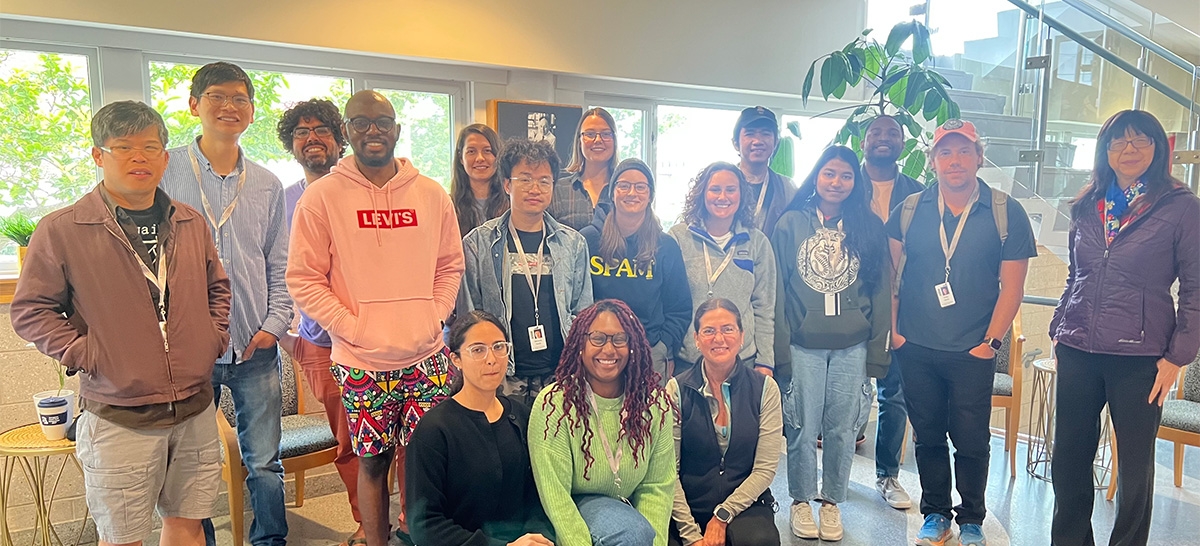
From the Advanced Research Training Courses
- New in 2023, the Molecular and Cell Biology of Symbiosis course wasted no time buckling down to explore “real research.” With guidance from course co-director Phillip Cleves, several students from the course later published a paper on the genome sequence of a symbiotic bacterium from a flowering plant.
- Students and faculty from the Neural Systems and Behavior course published in PLOS Biology on how rats use their whiskers to sense wind flow.
- And in a different kind of outreach, science journalist Carey Goldberg audited the Biology of Aging course and published on her learning experience in the Boston Globe.
